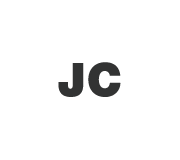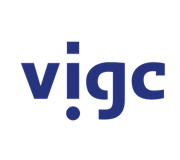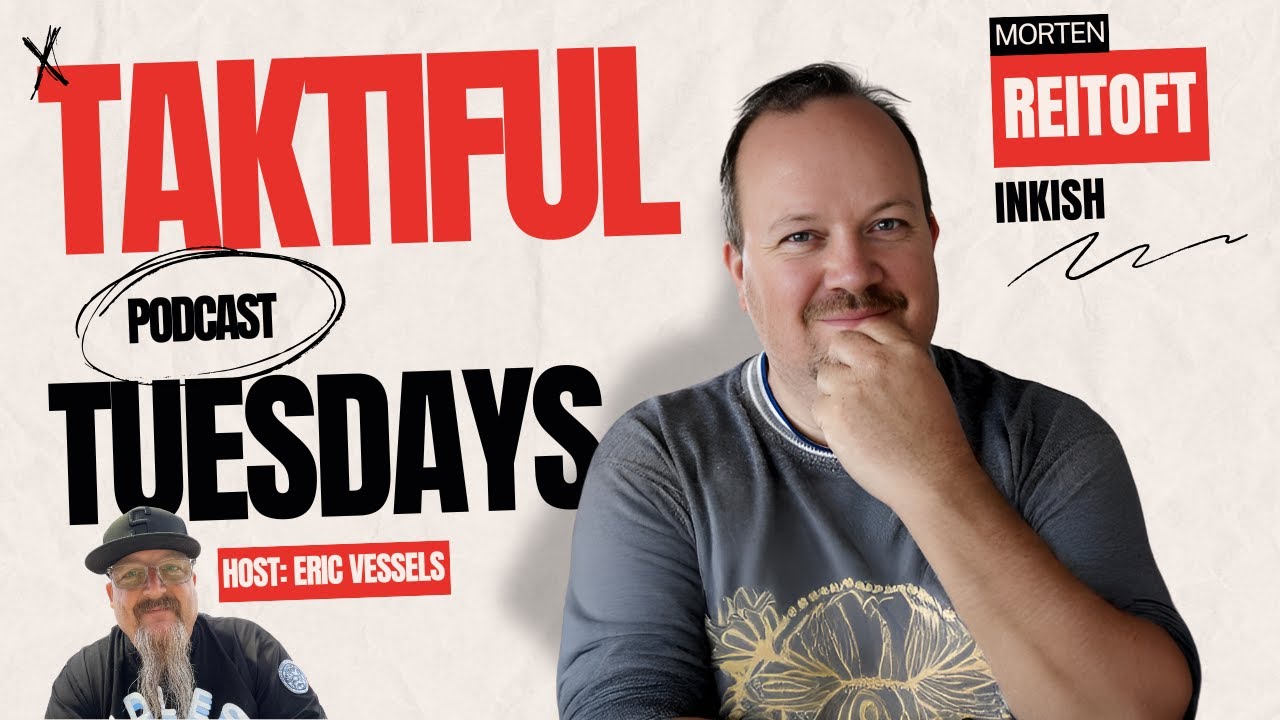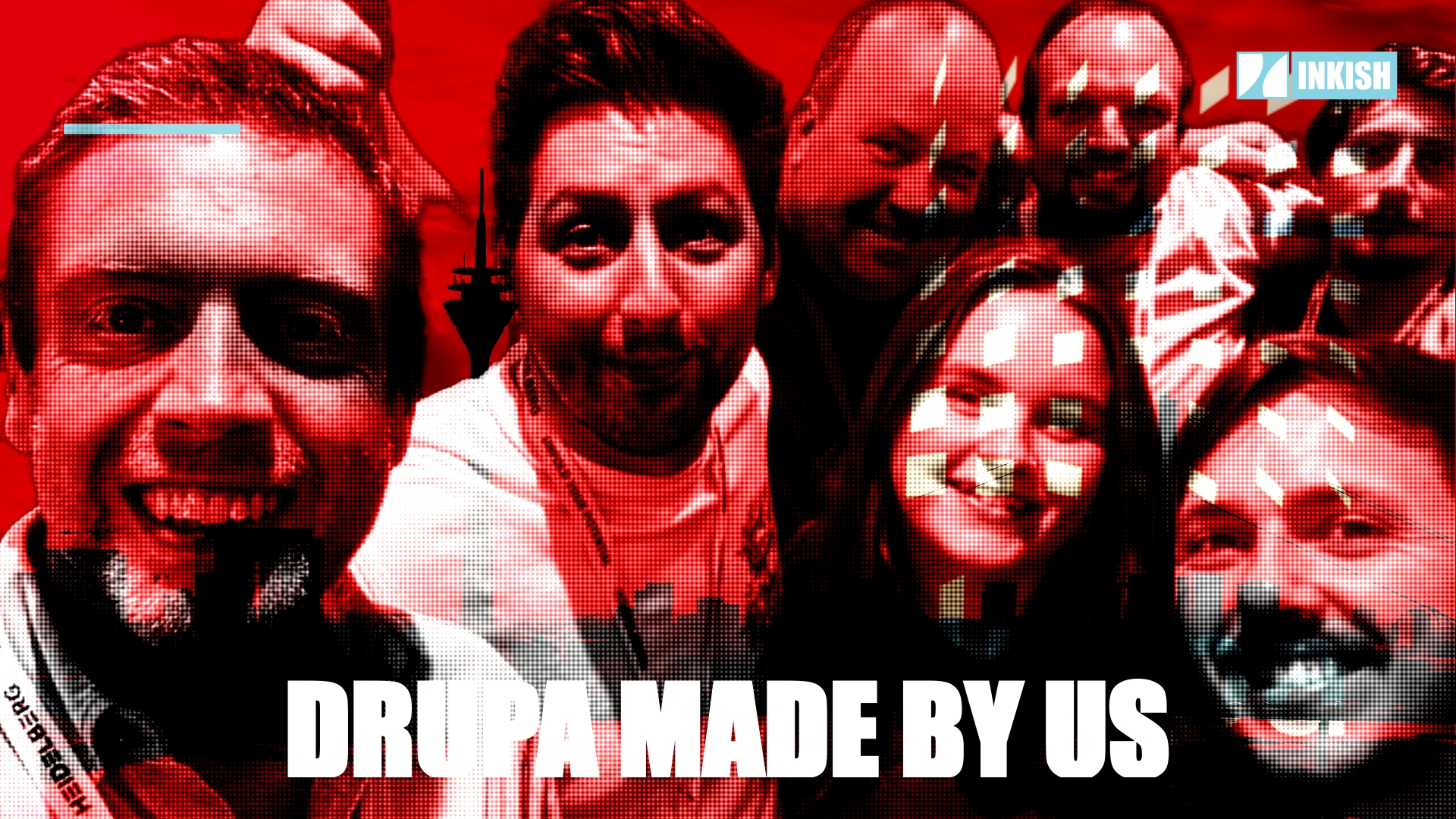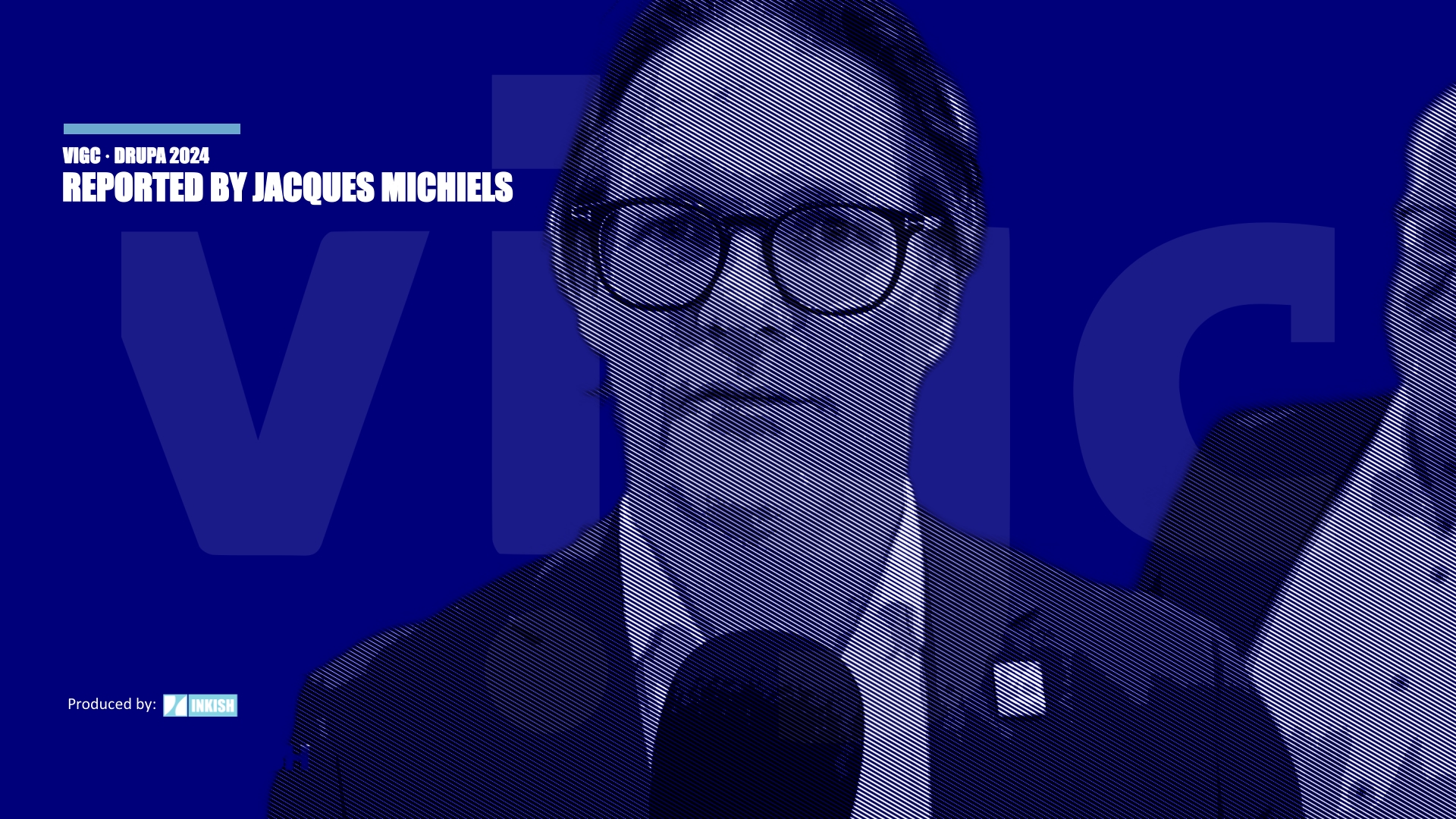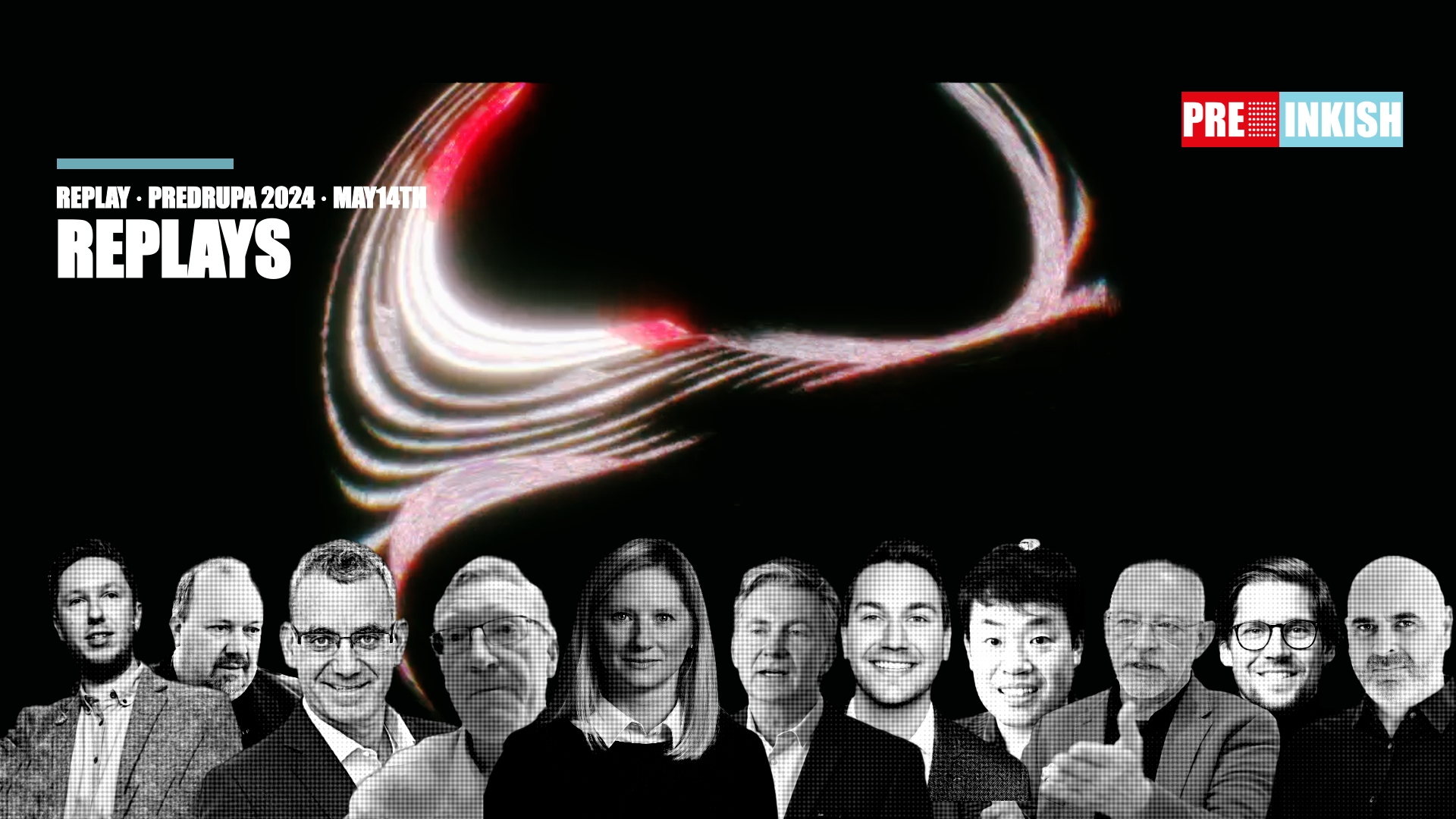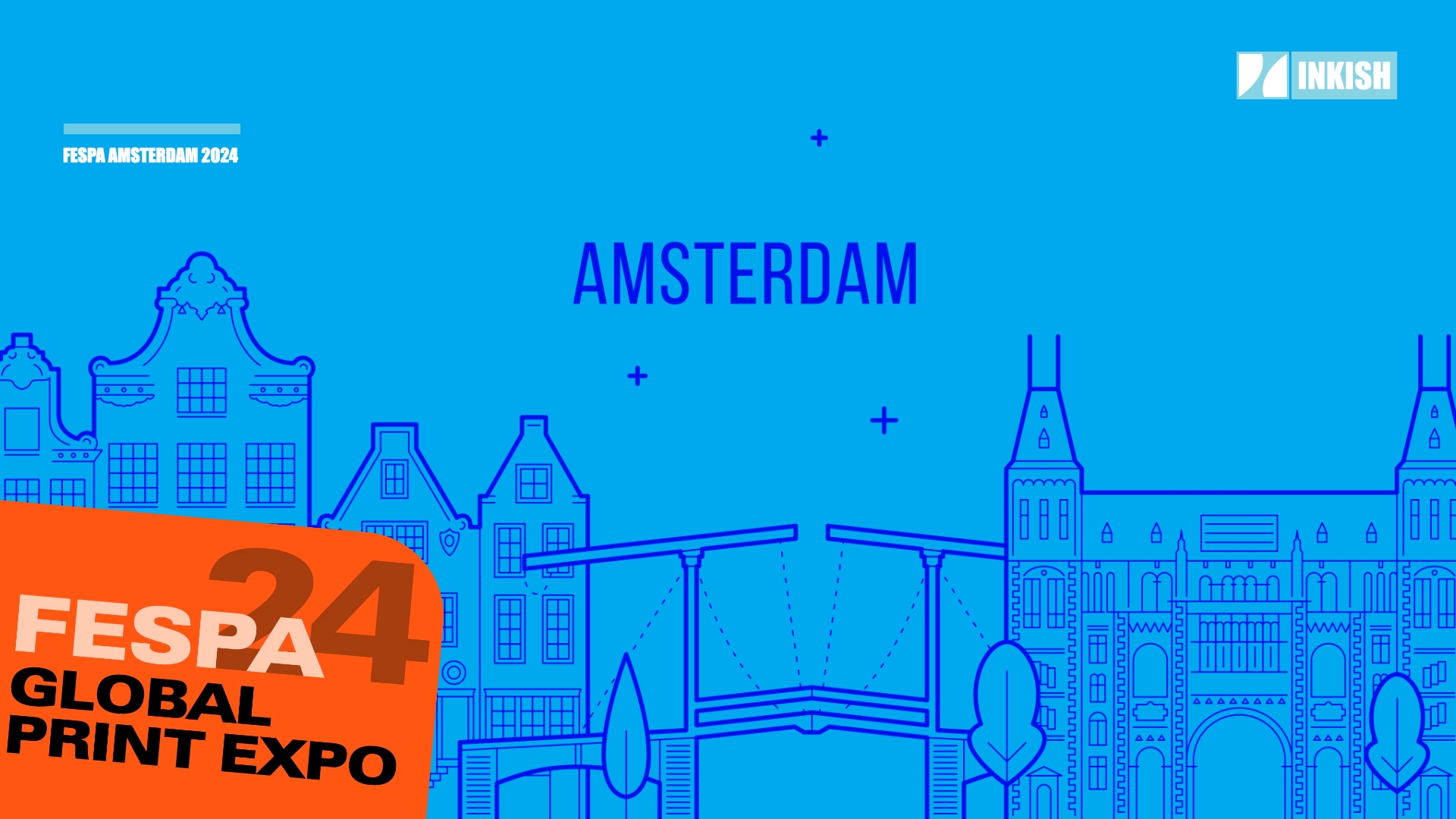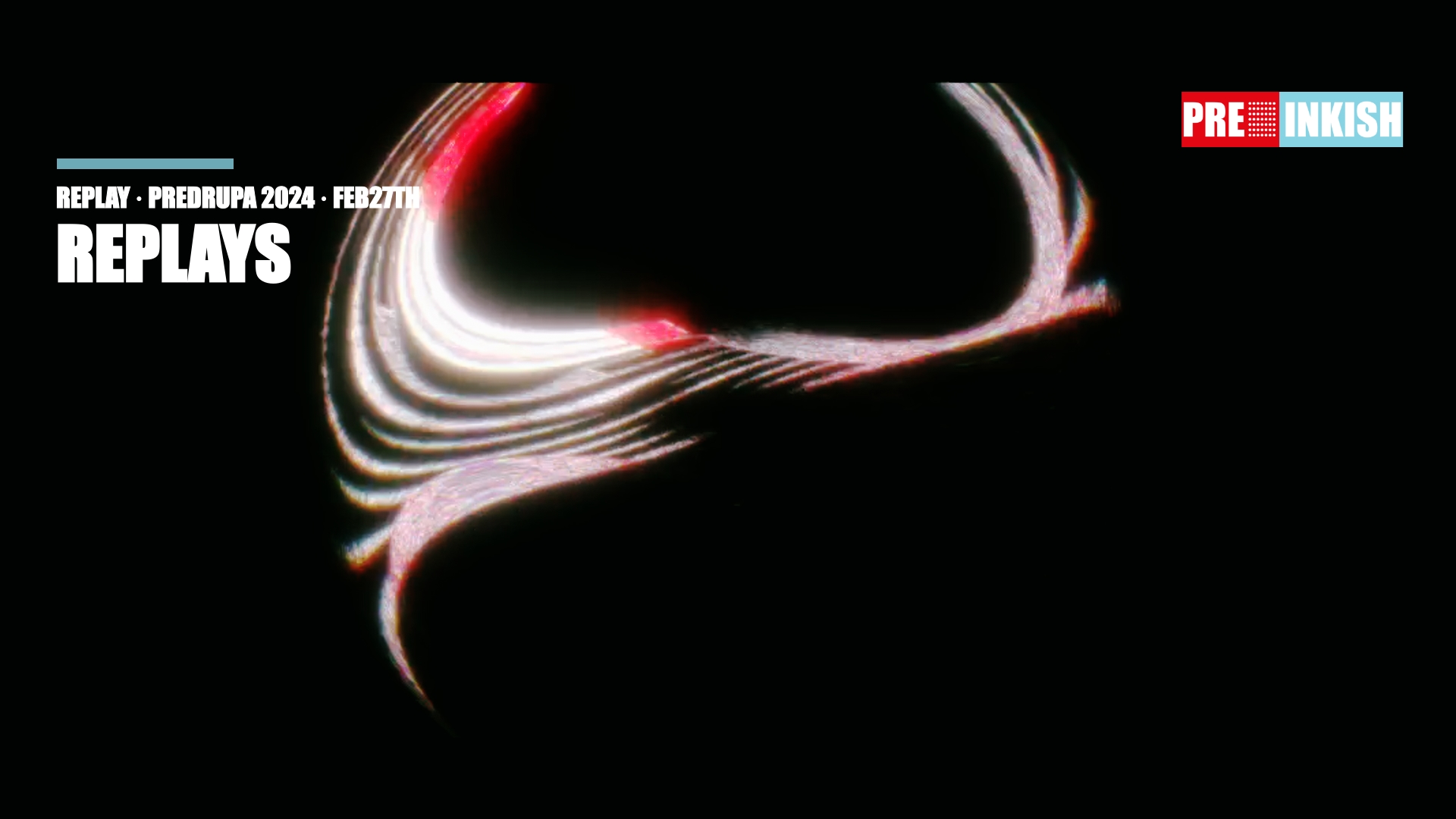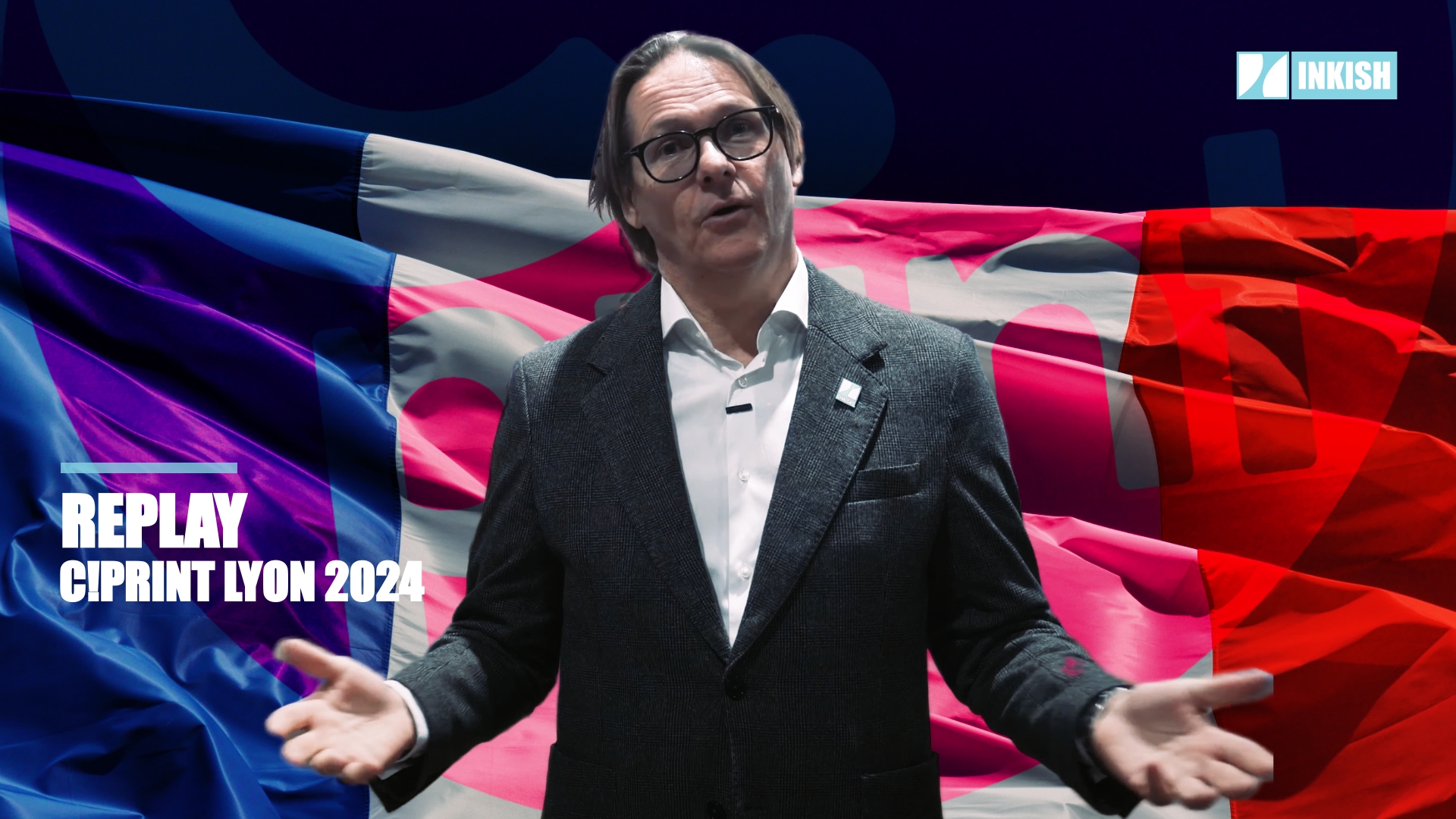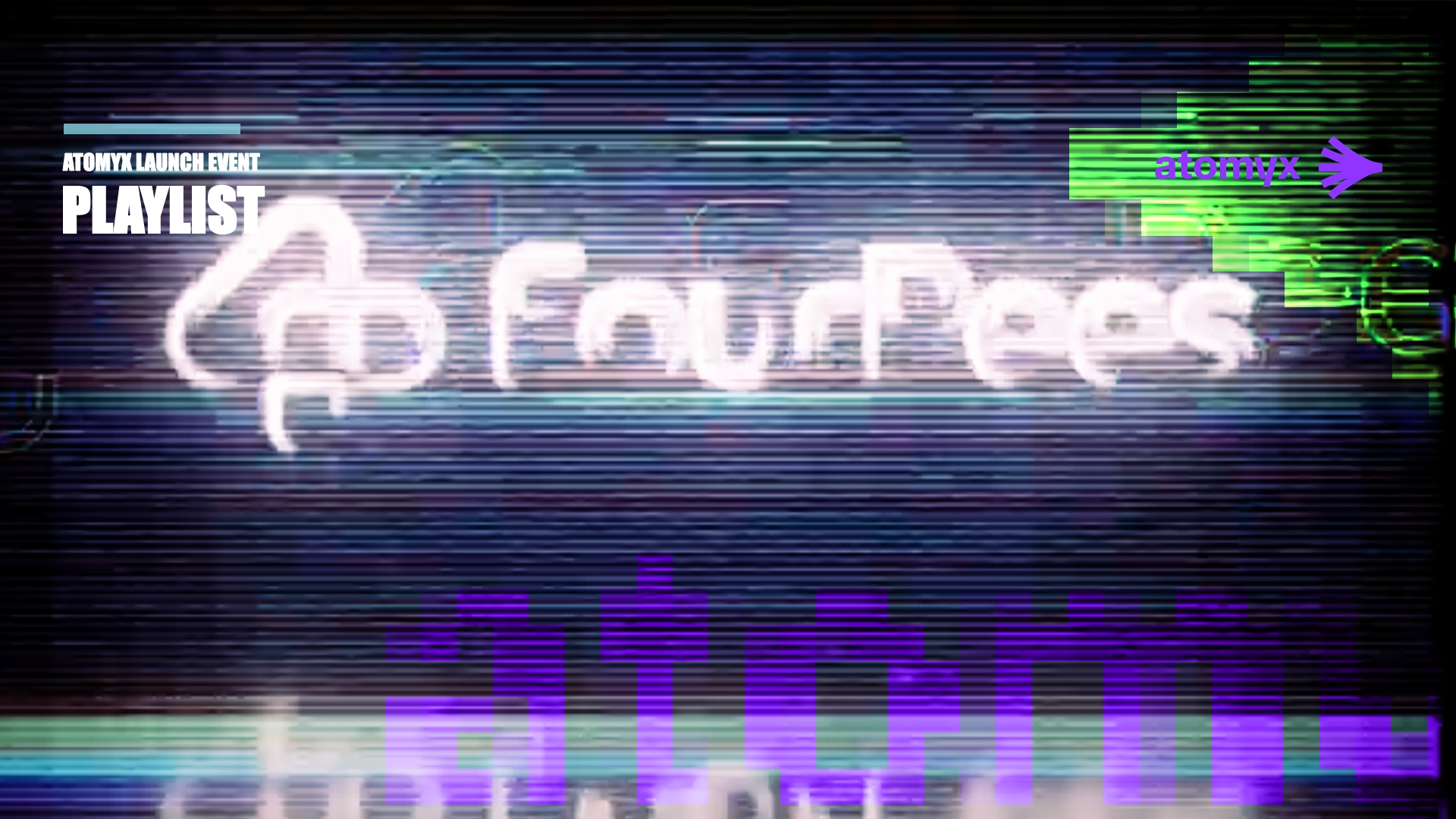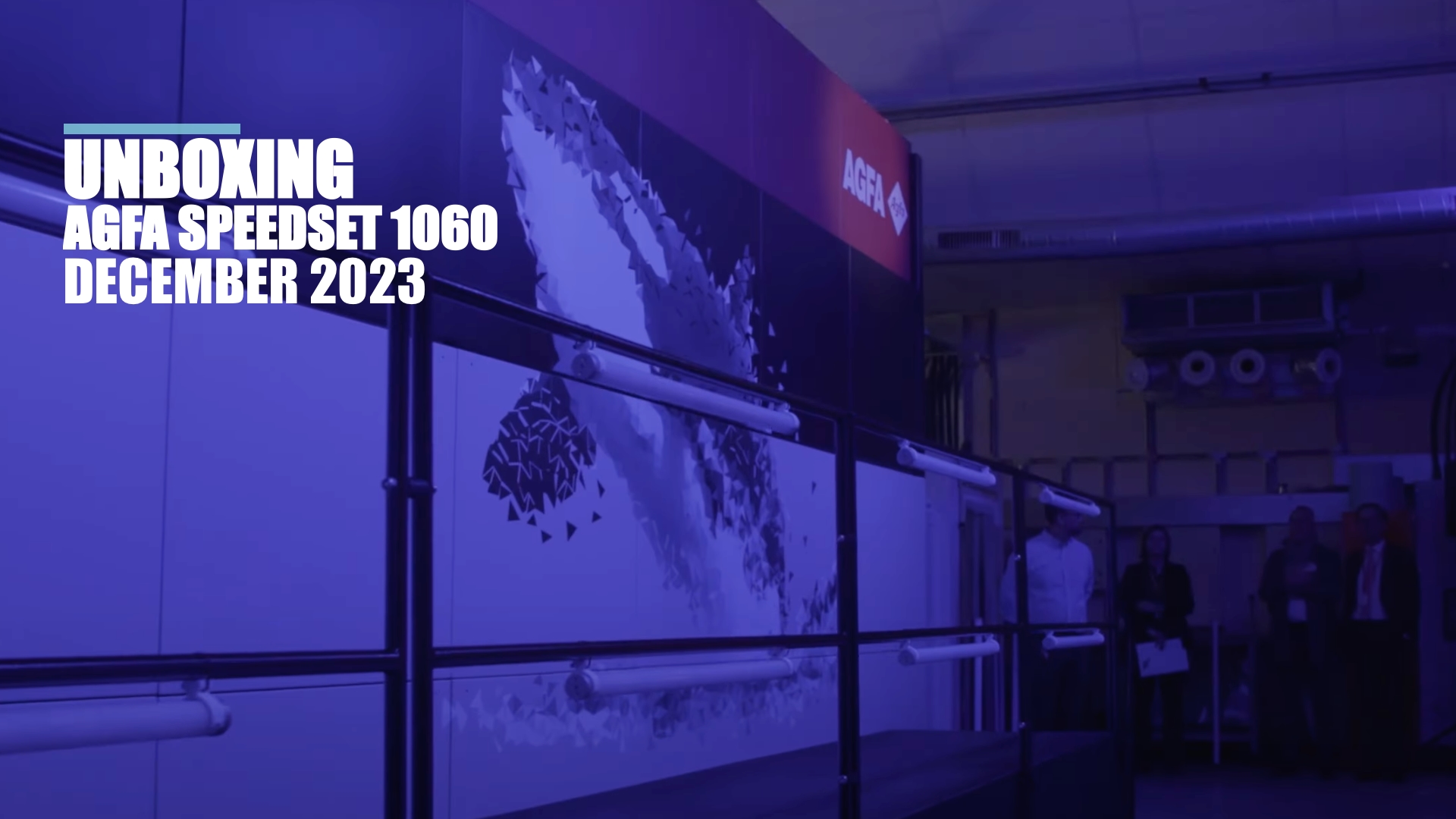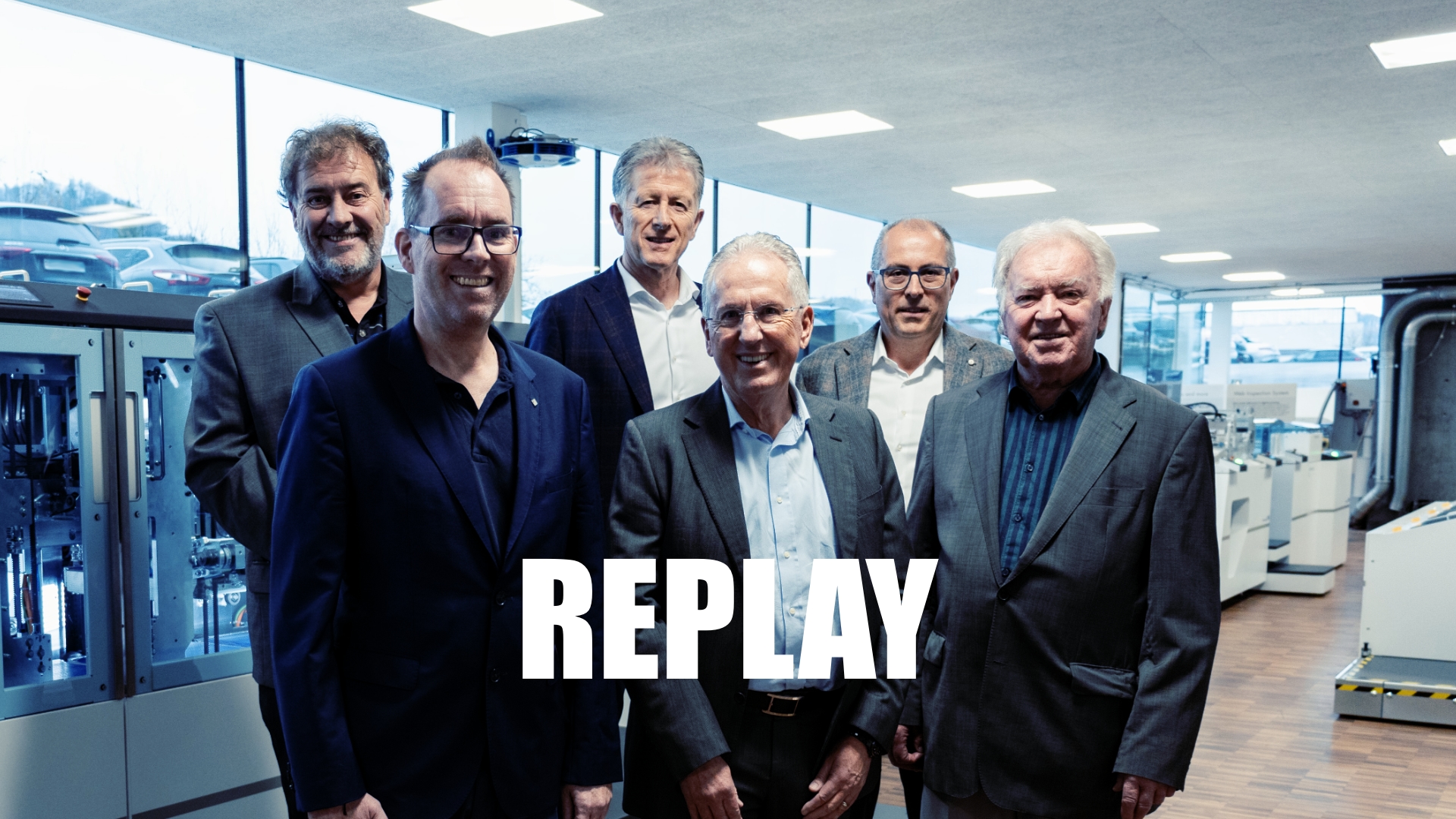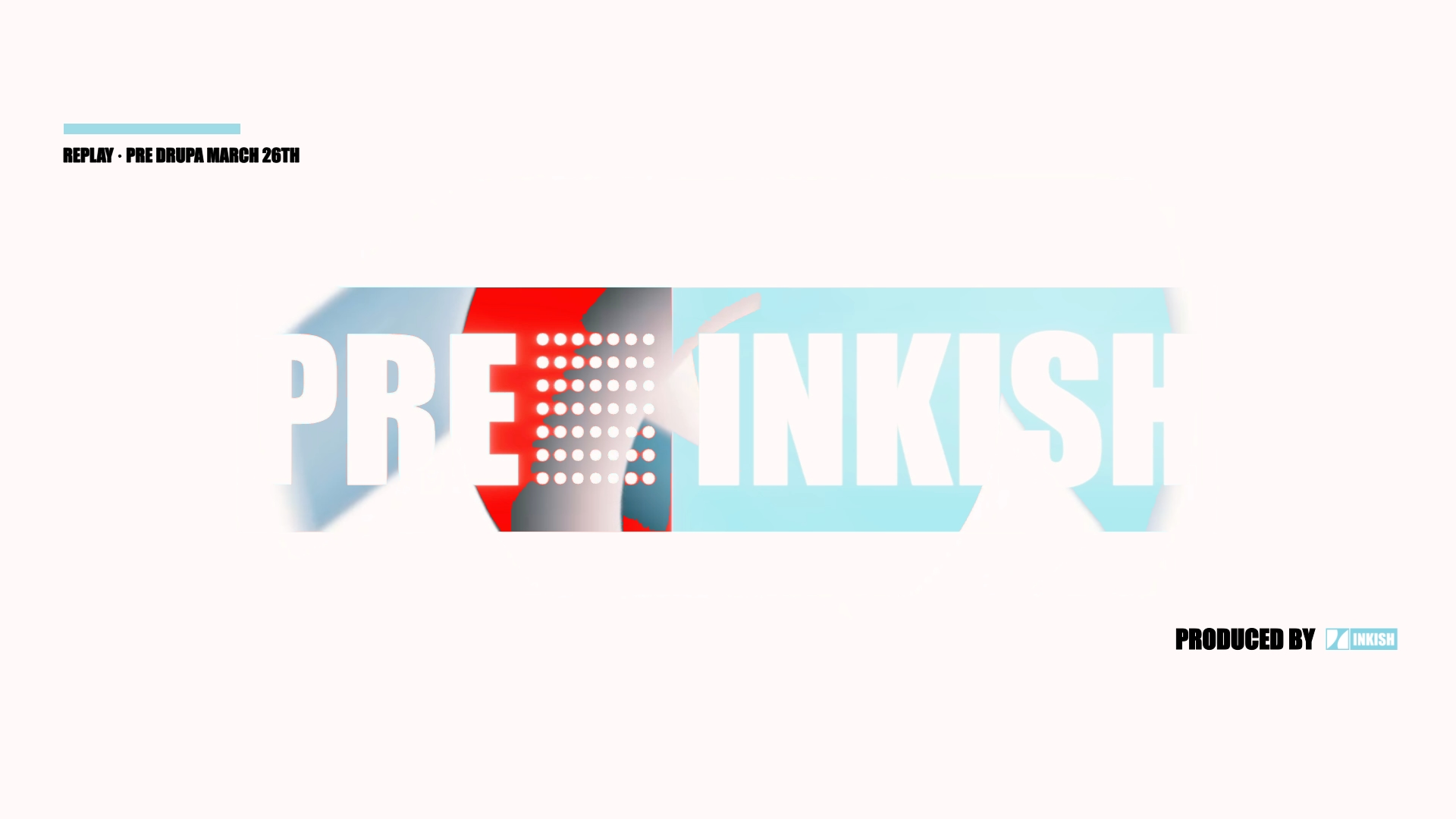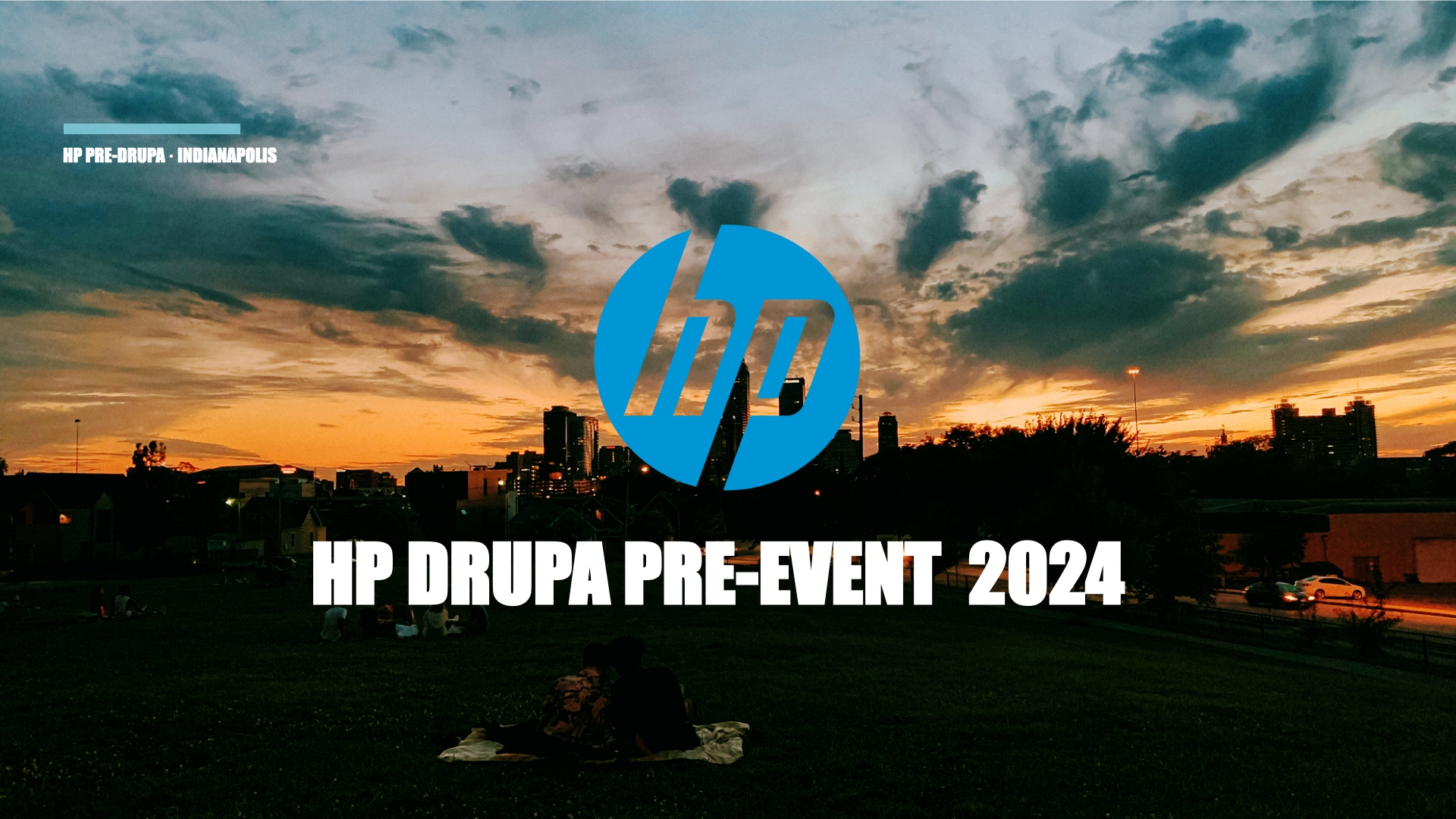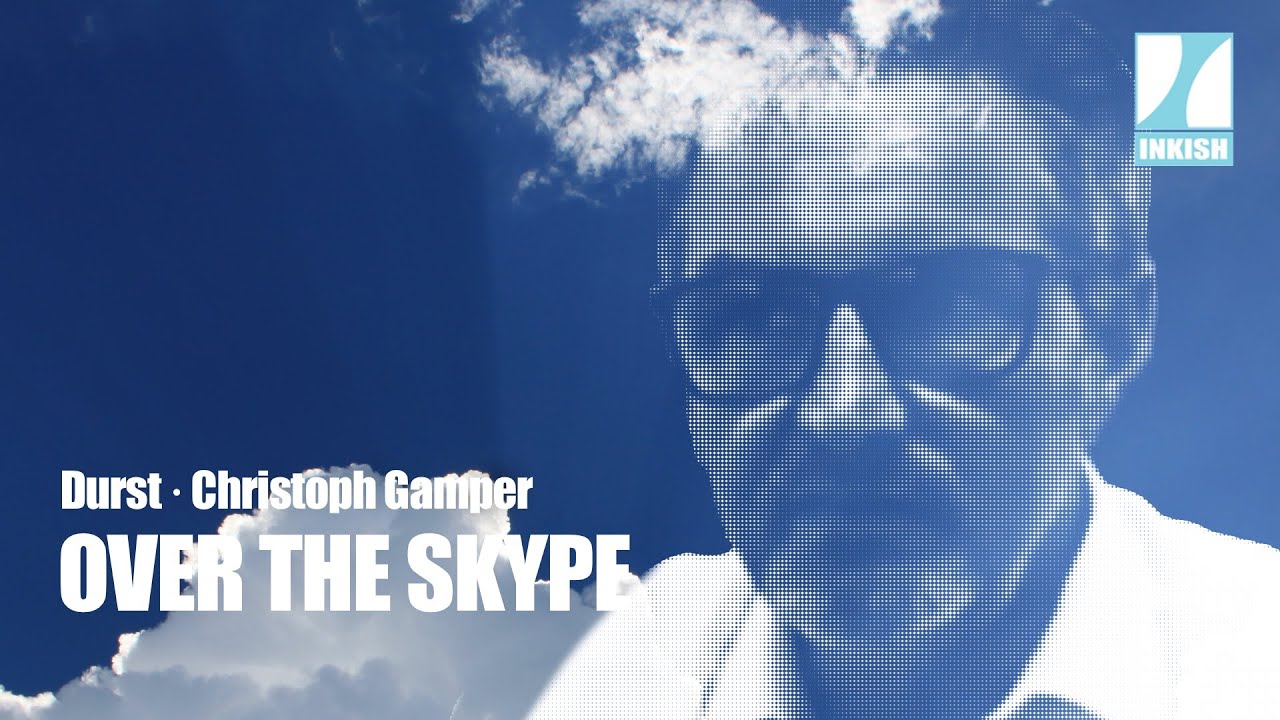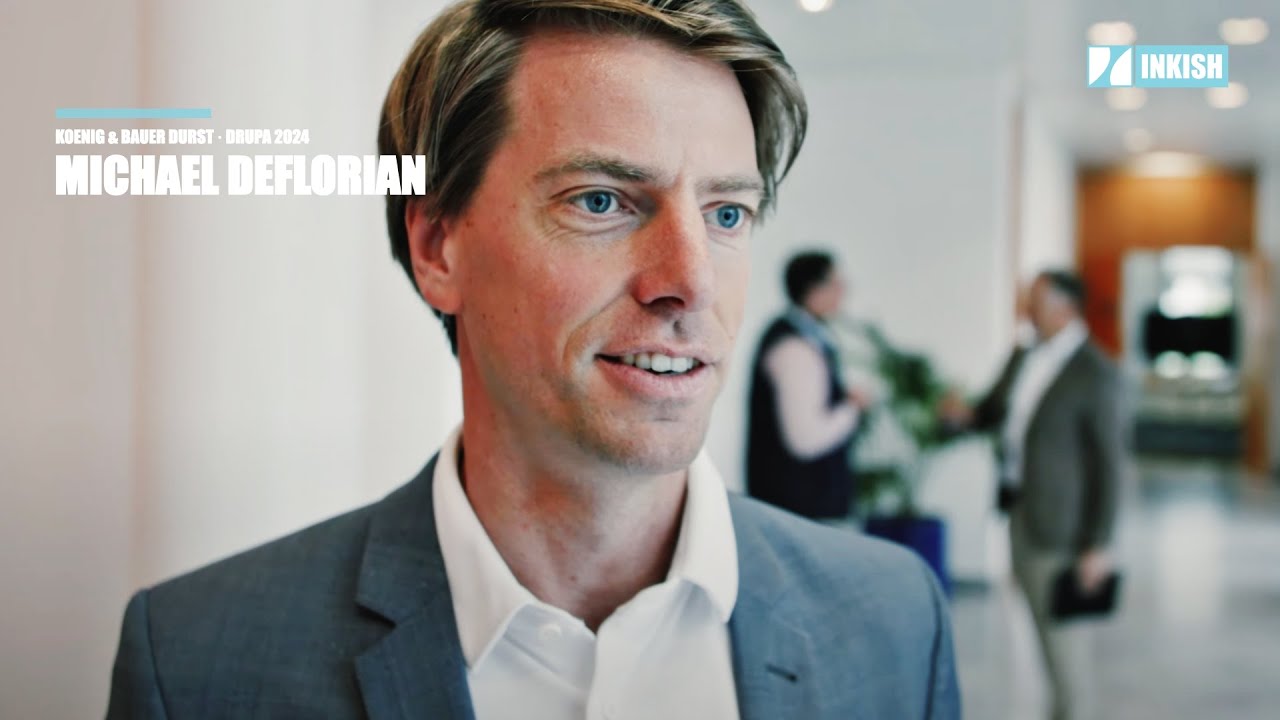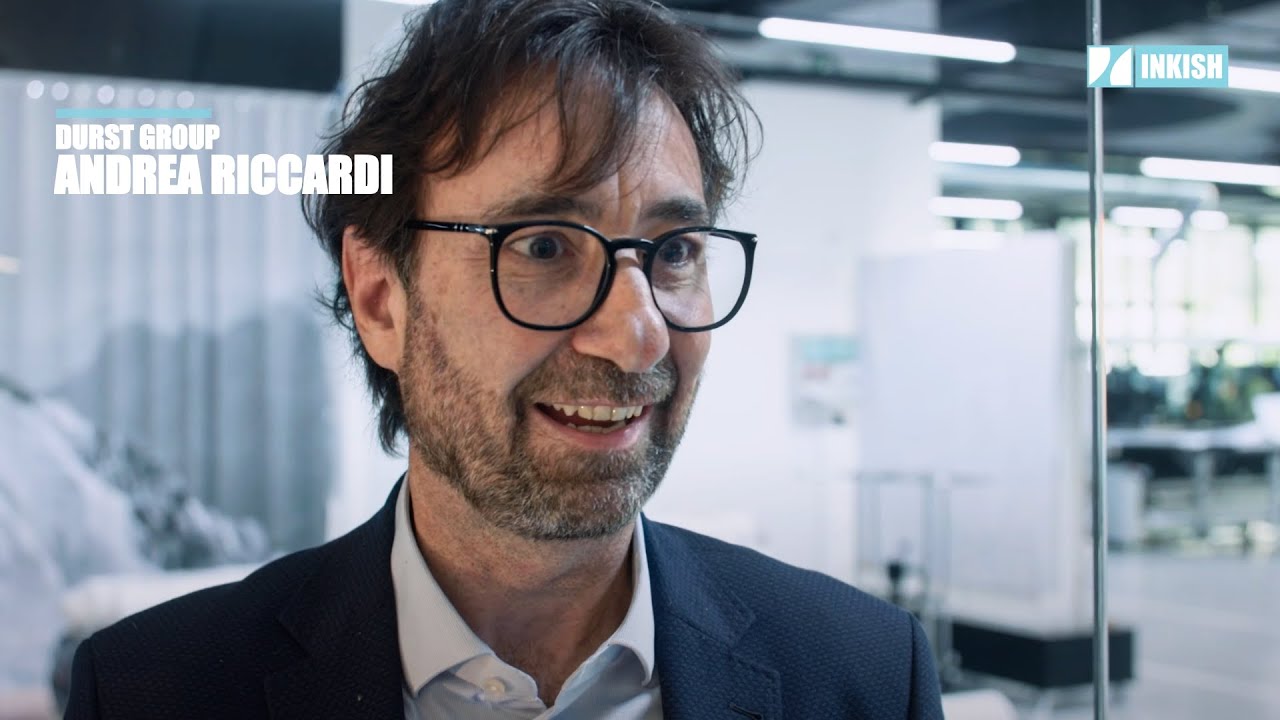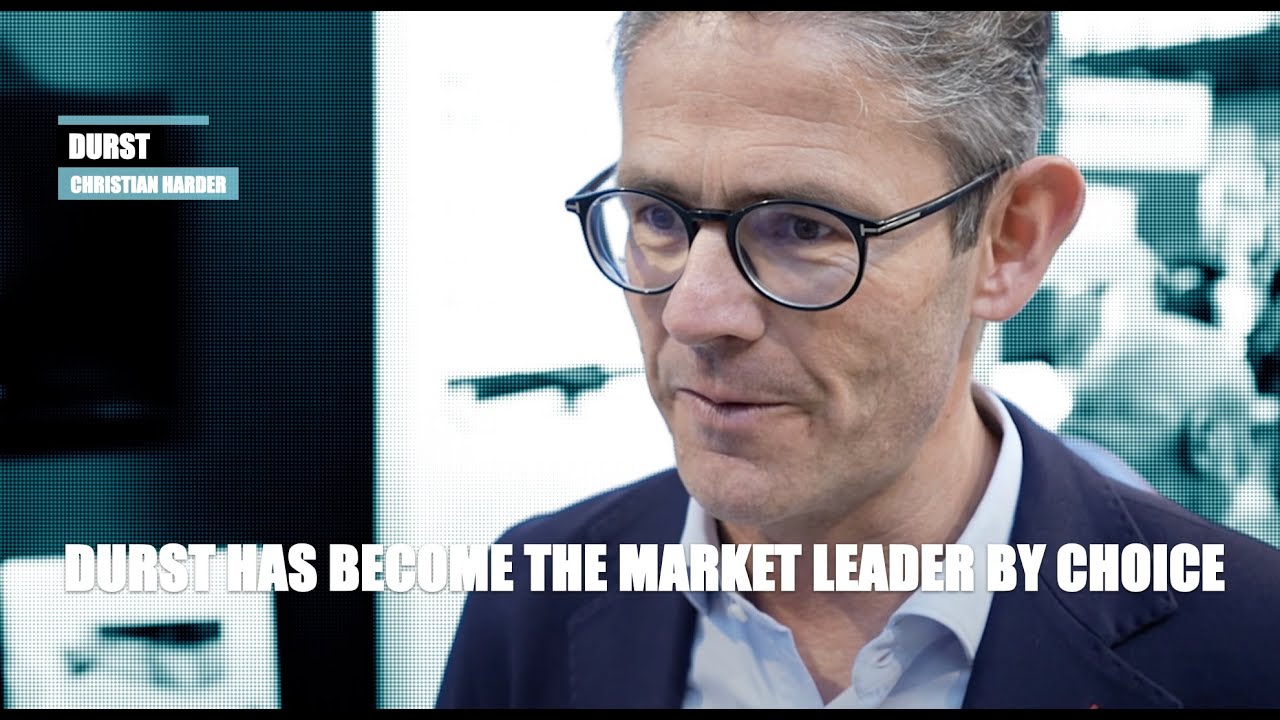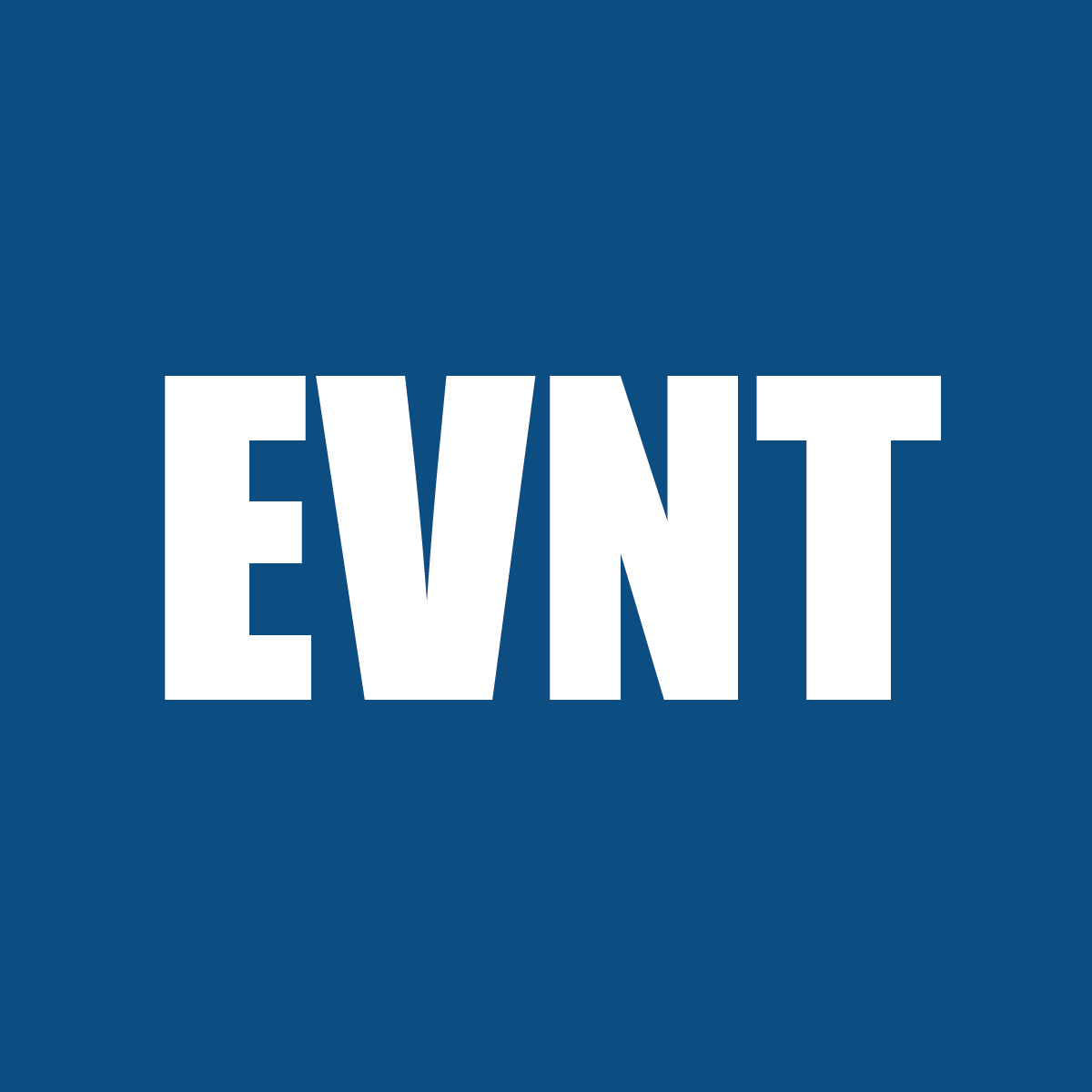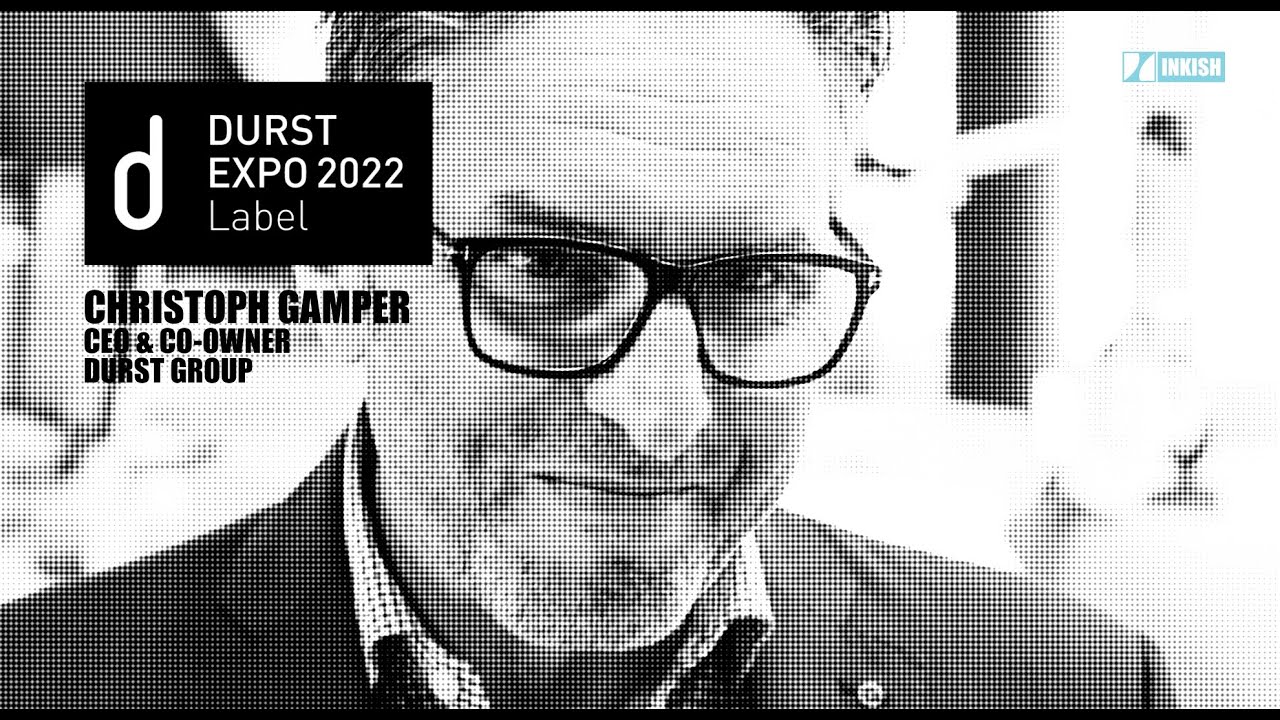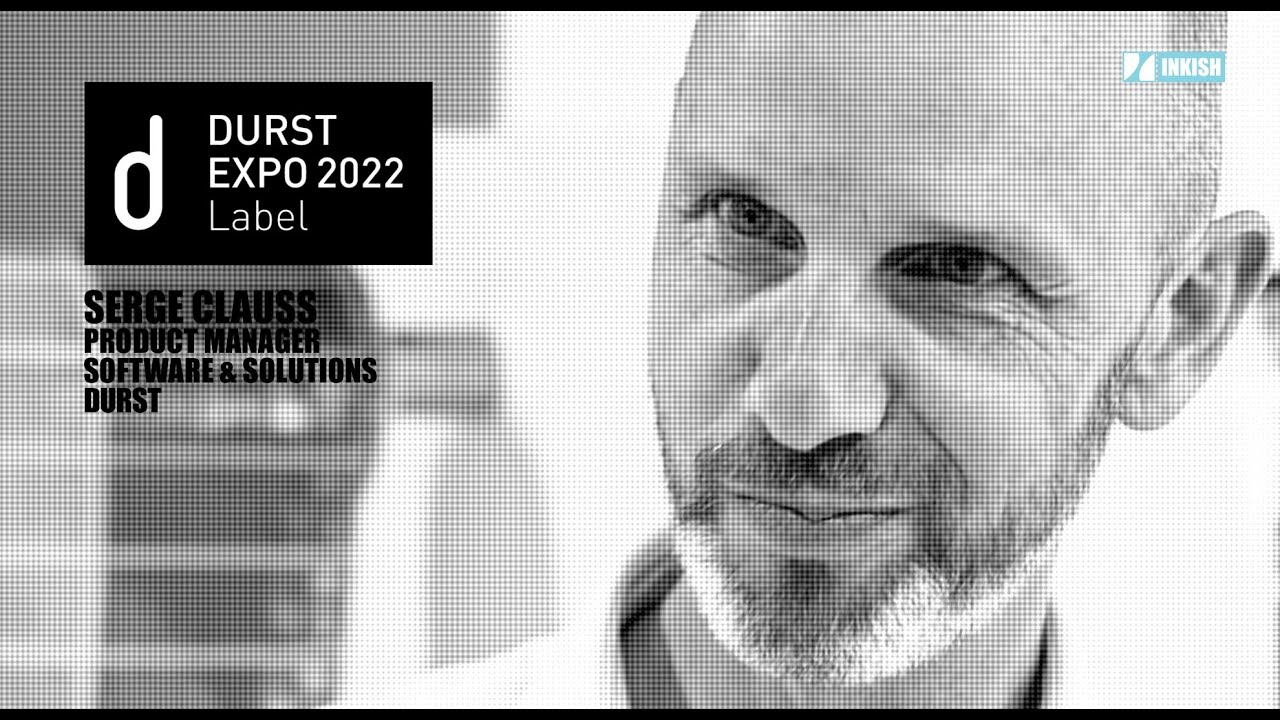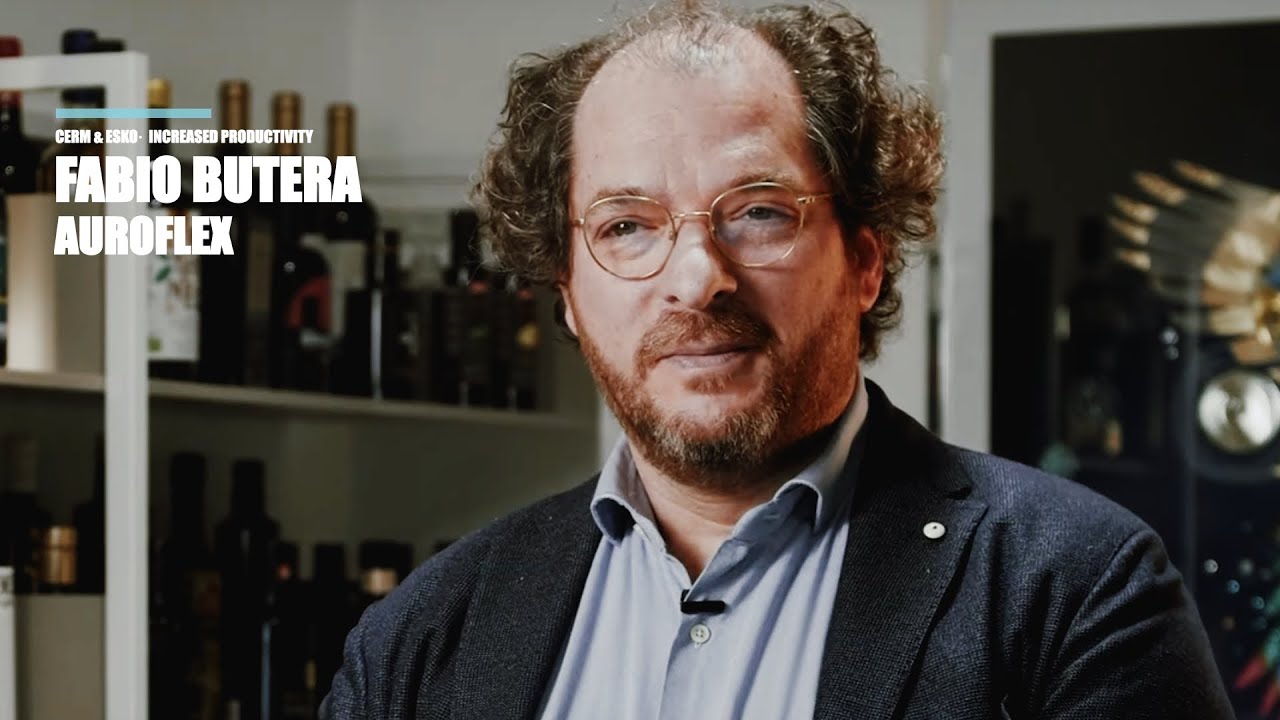Christoph Gamper · Over The Skype · Durst Group
Durst Group is a company with an amazing 80 years history. Though the company today produces amazing print-technology with inkjet printers for several applications, like ceramic, corrugated cardboard, textile, label, and more – the legacy is deep in the roots. Christoph Gamper several times in this Over the Skype session speaks over the values and the fact that being a privately owned company also in these coronavirus times is a huge advantage.
Great session and we are sure you will like.
As with all our ‘Over the Skype’ interviews, quality is limited to bandwidth, web-cams, and ability to literally LIVE mix the conversations. However, it works, and with Over the Skype, we will bring you more than 20 exciting people, and angles on the industry as it is right now.
Enjoy!
Good morning. This is Morten from Inkish TV and today this is my first over the Skype interview today. I have a couple more lined up. And I’m very happy because I’m going to talk to Christopher Gamper who is CEO and the co-owner of Durst. The ones that do these really nice inkjet machines for a lot of different applications. So, we are going to Italy. So, this time it will be very exciting to hear how things are going in Italy. So, Christoph, why don’t you just introduce yourself a little bit and then give us a very short update on the coronavirus situation in Italy.
Okay, I’m Christoph Gamper. I’m running Durst basically, co-owner of Durst. So, we’re a family company. We’re two guys, more or less same age. Running it now since more than 10 years together with a tradition for over 80 years. And yes, we do some really nice inkjet machines in different markets. As you said welcome to Italy as well. I mean, you all know that we have been hit quite hard in the Corona crisis. I mean, we couldn’t produce for a long time. I voluntarily closed the company down when we had the first signs, because I thought I need to protect my guys and I did. So, for three weeks they didn’t produce it all. But then customers called us back to work, especially for pharmaceutical and label applications. And now we did some extension with protective masks for the community. Not so much to make money but just to provide. So, I have about 25% of my workforce back in the factory and you’re in my office factory too.
Yeah. And where in Italy are your headquarter located?
This is in Brixen, South Tyrol. So, we’re a German speaking part of Italy, very, very strange. But that’s the first thing if you come from the Brenner you see from Italy is a German speaking region. And Brixen is like the heart of it or a little bit like the heart.
Okay. And how have the Coronavirus affected your area a lot as well? Or is it more closer to Milan in that area?
No, we’re a little bit… Fortunately a little bit further away from Milan. So, we had later the cases were not hit that hard, but we have a lot of that as well, obviously. But it’s the trend is now already turning around. So, you see if you would have called me two weeks ago, I was really learning a lot more. So, we’re seeing already, at least we’re seeing it goes in the right direction. No idea when this thing will be over, but we are positive.
Yeah. Being a manufacturer like yourself and I guess, that you are very dependent on having a constant revenue and also a constant development, but otherwise you can lose to the market. So, how is… Is that something that you can continue to do while in this lockdown mode?
Yeah. When even in lockdown mode, we already prepared last year to be able to develop from homes. So, all our IT infrastructure is made that my developers can go on whatever happens. They don’t have to come here or even they have to work on prototypes. But even there with digital things, you can work a lot on the digital prototype. So, this is the part we really never stopped. I mean, whatever is innovation, we didn’t stop it. And yeah, but now we’re all really, really keen to go into the factory as well to work on the real prototypes and get the things alive.
I think that everybody… I just spoke to my kids this morning. And they were like, “Oh, can we get to school? Can we get to work?” Everybody just wants to get back to normal, right? So, Christoph, when you look at Durst, I have a few things I would like to talk to you about. But before we talk about it, can you explain a little bit what market is it that you specifically addressing? Because you have developed… I mean, as you said, you have a 80-year background from… Is it from cameras and from processing and all these kinds of things that you have done in the past. And then you moved into inkjet. Can you tell a little bit about your story and what kind of value propositions you see from Durst?
No, it goes back to camera manufacturing or to replication, to be more accurate. So, it’s really camera. The first things we did were machines for postcards, then cameras, then replicators. So, a lot of different things always photography connected. So, if you want, the heart of Durst is connected to image quality. So, we were known as to doing the highest possible quality in producing images and encapsulating images. That’s where it cames for. It was two brothers founded it. A fourth guy helped the two brothers financially to get it up and running. The two brothers are out and their families are out of the business. There’s been some very unfortunate things going on. But the first part is still in and still the main shareholder of Durst. In this history, as I said, we went from doing, if you want to call it photography stuff for end customers.
Then moving on from end customer, because in the 50s, late 50s Japan started to do cameras and this was very difficult to compete from here to there. I mean, situations repeat always themself and this was situation like this. So, we moved down to professional labs. And I mean, then at a certain point about 20 years ago probably already, we came up with the Lambda. And the Lambda was the first device with laser to photo paper and it was a tremendous success. A lot of people said this is never going to work out, but it worked out. And until today we’re selling spare parts for this thing and still today… Yeah. Some art collections, which are today, still today printed on Lambdas. This was the entrance in the digital world. And from there we started then with inkjet quite early.
Yeah. It’s funny because when you look at some of the really successful companies in the printing and you see people comes from the photo side, right? Like Fujifilm is an example. Your, I guess, competitor screen is also from the photo repro side and things like that. So, it seems that it has a natural development going from high image quality you use for on photos to mass production of things. When I looked at your website in preparation for this interview I was… And of course, I know about Durst and I’ve seen you at multiple events and things like that. But what I was a little bit surprised about was that you have so many targeted applications. That you have ceramics, you have textile, you have labels, you have corrugated. And so is that because that was demand from the market that made you go into that direction or was it more like a strategic decision some time ago?
It was strategic development. I mean, the first thing we did, obviously was large format applications. And I mean, of the large format applications we have seen there is potential in the industrial markets. And we were able to smell quite early that something is going on in the ceramic market. I mean, we were the first together with DuraSeal to then for partner back there from Spain to develop a technology to decorate the ceramic tiles. And this has been a huge success for us. And we, I mean, we’re one of the few companies having really a lot of installed single base, single pass machines out there. So, it was like in the last true pair, one is single pass and single pass from the graphic printing industry we had there.
But they’re already way over 1,000 installations worldwide and from Vietnam to let’s say to Southern Spain to Italy. So, this helped us a lot to create a mindset. Where we said, “Okay, if we find an application which is not too small and not too big, we’re in.” If everyone champs, if it’s too small, it’s not going to be big effort we’re putting in. So, this is how we structured it and this is how we’re going.
Yeah. And if you look at, for example, when I just mentioned all these different applications that you support. Is it and maybe it’s a stupid question, but then enlighten me anyway. I was just wondering, is the technology, let’s say the base technology, is that the same? And then it’s the ink and the machine, how the material is fit? Is that the difference? Or is it even ground breaking differences in how that operates?
Yeah, I mean, we always talk about the magic triangle and on two systems. I mean, you have a multiple system, you have a single pass system. And from there you start to cluster the application, then you need ink, you need chemistry, you need physics, speeds, and you need software. If you put all these together, you can try match applications. And it’s no secret in the industry you can see even a couple of guys who I would define as our competitors, they did the same thing. So, once you really learn to build a single pass system, which is 100% reliable and then a heavy duty industry like ceramic tile, I mean, you have a big advantage to go to other fields. And say, “Okay, I can apply part of the technology.” But now I need to master my ink and my physics, because probably the resolution is higher and the ink is by way different and then have drying technologies.
So, this is why we started to build pretty early our own development centers, which are not doing pure machine development, but they do ink development. They do electronic development. All our electronics are made by us. Most of things are formulated by us and scaled up with partners. So, one thing leads to the next and suddenly you’re… And then you reconcentrate back, because you cannot do 200,000 fields.
Of course.
We’re private company not public.
Yeah. And when you say electronics, is that everything from print heads to how the things are controlled and things like that or what? Okay. So, you do everything basically.
I mean, if I would say we do print ads out and just so everyone knows, we don’t do print ads because print ads we have a couple of manufacturers worldwide. But from there we do everything else. But we develop it, which we introduced last year, a printer, the kind of a printer which we call Rockjet, where we can print ceramic masses. So, big stones, rocks with high speed for ceramic application. This could be… Can define it as industrial really and that’s completely internally our own project, our own print head. So, yes, we do have experience with this.
Okay. And I was just wondering because in these days everybody talks about inkjet. And I think that a lot of the brands like HP and Canon and Xerox and yeah, even Landa I was just about to say, is having the high speed commercial printers now. And that because you can maybe replace some of the offset market for digital. And I know that you have initiated a collaboration with Koenig & Bauer. Is that part of getting into that product range? Or does that have other reasons for entering into that relationship?
I mean, we have some experience. Again, I mean, we are really large format. We’re in label, we’re in industrial printing, we’re in textile printing. There has been a lot internal push from my guys, we’re very needy guys. To go up before packaging markets and always said, “Listen, I mean, we’re probably not big enough to do it alone.” But if I find someone I really trust, then I promise you we going to go together and we’re going to go together look after some applications in this. And exactly this happened. So, yeah, I found someone who I can trust.
And I have not… To be honest, I have not checked so much on that part of it. But do you have working machines together with Koenig & Bauer now that is co-branded? Or how far are you in that relationship?
We have solutions for the corrugated market already working and on sale. And I mean, I swear as we’re talking, a lot of time in production and on sale. We have two different solutions now. One is originated by us. The other one is originated by Koenig & Bauer, we’re just putting together the horses. And we are obviously are working to prime time to Drupa some [inaudible 00:12:35], which will now have to wait until Drupa get-
Yeah. Yeah. So, does it mean that you will postpone also the announcements that you are doing? Or does it mean that you will just announce them when the product is 100% fit for getting to market?
I mean, we are with the corrugated solutions. We are at the market. They are installed so they’re going on. I mean, with all the issues, but the issues in this crisis. I mean, not having the issues on the machine, the issue in the crisis. How you going to do a demonstration right now? You cannot fly people. So, with the virtual setups and everything, but that’s going on. What we postponed a little bit definitely is the introduction of the next machine. Which we said, “Okay, it’s better, we will prime time at Drupa.” Because I cannot have full fire power here to work on it, so.
No, no, no. But, and then from a business perspective, how do you think of the future? Is it a good future for Durst?
I mean, we are an 80-year-old family company. So, we see things a little bit more relaxed than others. I mean, we have no [crosstalk 00:13:39] money. So, I mean, we made a couple of variations of how this thing could go. And there is no variation where we going to sell or close the company. So, we think, yeah, even with this, it when it will be over, we will be even probably more successful than we are now.
I have talked to some of your colleagues in the industry. I spoke to both Mark Stephenson from Fujifilm and as I also spoke to Mark Hinder from Ricoh and some of… Even from also with Michelle [Hunta 00:14:11]. And some of the recurring questions you always have in this crisis is will things go back to normal after the crisis? And I think that of course, nobody can predict anything about that one. But I think that a lot of companies might spend time on rethinking their business these days. Maybe not so… Of course, those are manufacturers, but the printing companies, your customers… And maybe this is a golden opportunity after the Corona crisis to really bring digital forward, right? Because I think there’s a lot of changes. Because I mean, as you do masks now for the Corona crisis. I mean, we did it so that you can really change your set up very, very fast. And I think that must have also been inspiration for some of the prospects that you’re talking to.
I think, I mean, every crisis is an opportunity obviously. But that’s, I don’t want to give you the marketing talk now. This little mask project actually helps. It can help and helps already a lot of my large format customers to really to be able still to work, to have some people in the shop. And to do something which really makes sense. We found, through our labs, we found some filter elements which really are working. They’re certified so you can do really a PSA mask. It’s not certified yet, but it’s in certification. So, this can help instead of installing a 200, $400,000 piece of equipment and produce masks that probably in two years, no one will need anymore or hopefully.
Hopefully.
I think, but this is beyond masks. There is a lot of opportunity in the market. First of all, what we learned that we can absolutely work from home. So, this is big news for us because we were so centric. We have to say, no, we can work from home. And this means I have even more possibilities to add fast development power. And this is a good news for me because I know what… By now, my guys learned to work remote. So, I can add let’s say 100 developer from all over the world immediately a project and get my scale up way faster. That’s for me the good thing that I’ve seen.
I think that when a lot of industry leaders are talking about digital transformation, it’s also… I mean, we talk about it when we talk about how customers should do the digital transformation. But what you’re talking about that the digital transformation of Durst has made you very much more agile than maybe even some of your competitors. Because you have, I mean, of course, you haven’t prepared for the Coronavirus, but you have prepared for a future where you’re not depending so much on being on location. And being dependent on whether you live in Italy or in America, wherever you live, that must be a huge market advantage for you.
Yeah, I think for internally that’s a huge advantage. I mean, from the customer side there it’s, we’re trying to help where we can. We’re trying even to help them to do a kind of a transformation as well. Because even if you have a shop and you have a shop and from the shop you go to the printer and then you put the file to the cutter. Right now we’re focusing really to help them with software solutions, to make it more efficient. Because with less people in the shop you has less problems. So, you’re still distancing, right? So, we’re really, really focusing to leverage whatever we know IT, from the IT side process side, to put this into innovation. And I have [inaudible 00:17:28] calls from customers, how can you put it in? And so that’s where we are concentrating. Because in this situation you’re not going to sell new machines, let’s be honest.
No, no, no. And I think that is… I think it’s also fair to have that respect that some people are in deep crisis. And it’s maybe the money is spent on something that is more valuable from a family perspective and from a human perspective, rather than just investing in new equipment. But and not saying that we shouldn’t do it, of course. Because I think that it’s also a question of when getting back to a normal thing. And if they don’t buy any machines from you, you are fortunate to have pockets that can pay your salary, so you can keep your staff safe and things like that. But at some point we need to get back to normal lives and that is why I’m speculating from time to time. Will the changes in the market, will that effect maybe a mantra where the shift may be easier to go from analog to digital print? Because maybe the mass customer say and maybe the products down to one. And maybe all those things are changing dramatically, because people have time to think about their own business in the future more now.
I think there may be a tendency. But I think one thing which I really hope as well, which will stay is that the world is a little bit slower afterwards even. Because mass customization is a nice thing, but sudden collections of textile things through the year is not really sustainable. Honestly, even if against my interest, I do textile machines as well. So, as digital can help a little bit, but the right mindset can help a lot more. So, I think we are all together from customer to us to consume more. If we are able to change a little bit the mindset, then we will be back. We will be back better. I think though that some companies will not survive this. And it’s unfortunate, but maybe necessary as well. There has been some-
Are you talking about [crosstalk 00:19:29].
Some of this around in industry.
Sorry. Are you talking about printing companies or also vendors or both?
Both, I would estimate both. I mean, a crisis like this is as well as I said, it’s unfortunate. But it’s as well a cleaning air probably through the market, what the market needs.
And basically that will end up maybe having a better situation for those who come through it without too many scratches, right?
Right. And I think those who come through it without many scratches will definitely invest in technologies to get even better, to make it better for the people. And so this is a cycle and I have to see it positive. And I see it positive because the only bad thing which can happen that us guy falls on your head or Corona but…
But you seems very positive and smiling person. So, I guess, that kind of attitude brings you far away down the positive road. So, a final round of question here. Because we touched a little bit upon it, but the future for Durst, one thing is that you have the collaboration with Koenig & Bauer. And another thing that you have a strong market within the different segments that you’re operating in. So, where do you see the future for your own company? And where you think the future will be most interesting to look ahead for you?
I mean, we have a lot of talks about future within ourselves. But where we see each other in 10 years is where we have been six months ago. We are having a very, very strong company. I have a really extremely motivated workforce. We’re doing what we really like to do. I couldn’t wish for anything more. I mean, we are independent. We’re big enough that we really can sustain each other. We’re small enough that we don’t have to play certain games. We have probably one of the most beautiful buildings from the outside and from the inside in industry. And whenever you have time, please come have a drink in our bar. And you will see what a…
I must say that when I saw your website with the Durst headquarter first. I thought that, “Nah, it can’t be.” It must be some impression that is made for impression. But yeah, I guess, that you see what you get, right?
You see what you get. And I mean, you have to see it from the inside. So, what I can say is despite all this Corona thing, which still leaves me positive. We’re on a really, really good spot. We keep innovating, we want to keep developing. I want to have the most motivated people in the world around me. So, I’m a happy camper. I mean, what shall I say?
Well, let that be at least almost last words here because Christoph, I really appreciate your time. It’s great to understand that you’re busy though you’re on reduced power right now and preparing for the time after. So, thank you very much for your time here on Inkish over the Skype. And I hope… I really hope to come and see your company at some point, because that could be interesting. So, thank you for the time.
Thank you. Appreciate it. And yes, you have to come and you’re welcome anytime. Just let me know.
Thank you.
Thanks.
